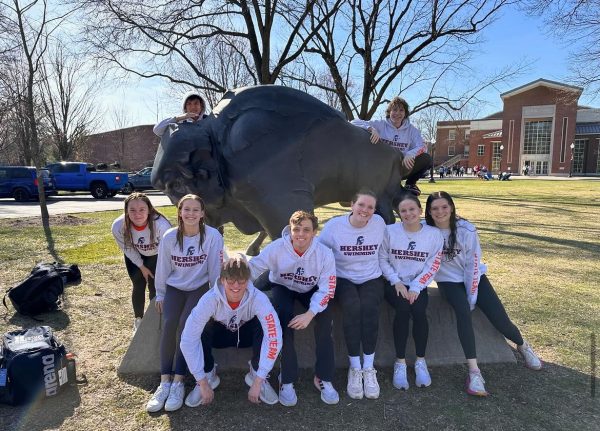NCAA Allows Second Year of Senior Eligibility
April 18, 2020
The NCAA Division I Council announced their decision on March 30, 2020 to allow another year of eligibility for spring-sport athletes whose seasons were cut short due to the coronavirus outbreak.
Despite the good news that athletes will regain an additional season of play, the decision is still up to the universities whether or not they will allow a “make-up” season. This decision to allow an additional season for spring sports will bring financial aid into question. As many athletes are playing on a scholarship, the NCAA has suggested that if universities chose to allow an additional season of eligibility, that the athletes pay for some or all of the cost of their opportunity to play.
The NCAA announced on March 12th, 2020 that postseason tournaments for winter sports will be cancelled, with no opportunity for another season of eligibility. However, the sports that are allowed an additional season will include baseball, softball, golf, tennis, lacrosse, and track and field.
For college teams that have a limited roster, seniors returning next season will be excused and not counted towards that limit. By doing this, both incoming freshman and returning seniors will have the opportunity to play.
The NCAA Council is composed of 40 members in which they were influenced by athletic departments to make this decision. With the fear of possible future financial struggles, the NCAA Council made the executive decision to allow another season of eligibility for players.
The NCAA has ultimately left the decision to allow another season of eligibility to the universities, as well as how they plan to bring back their senior athletes.
“The Council’s decision gives individual schools the flexibility to make decisions at a campus level,” said Council chair M. Grace Calhoun, athletics director at Penn, in the NCAA Council press release. “The Board of Governors encouraged conferences and schools to take action in the best interest of student-athletes and their communities, and now schools have the opportunity to do that.”

